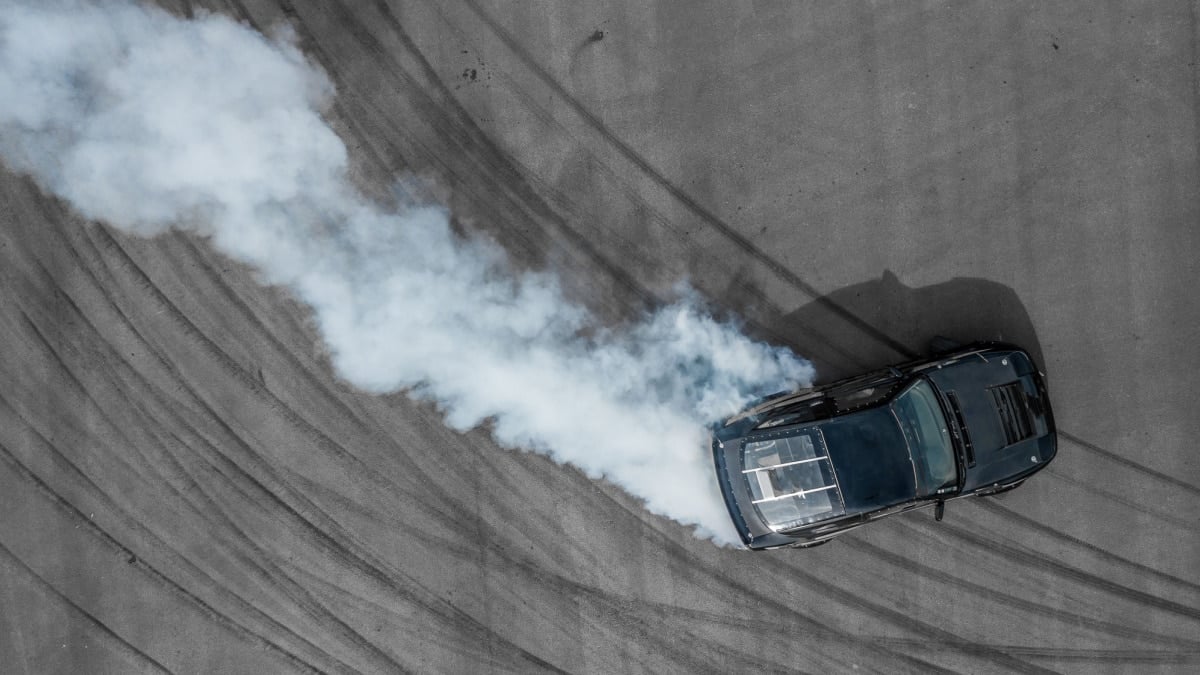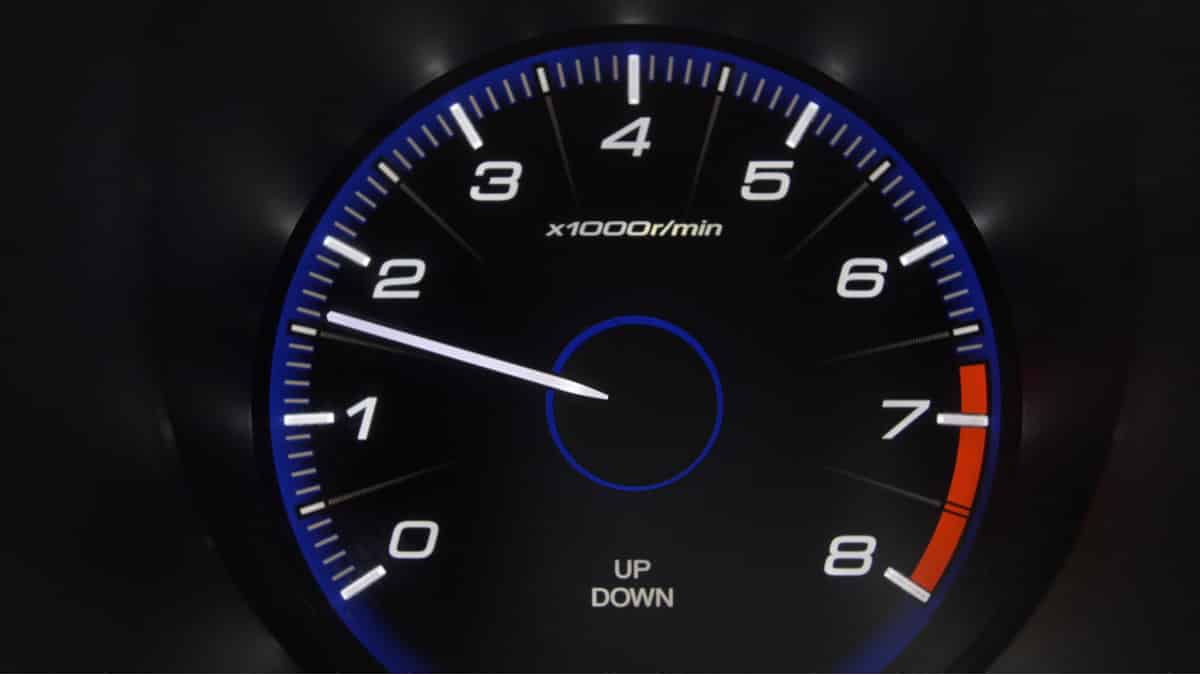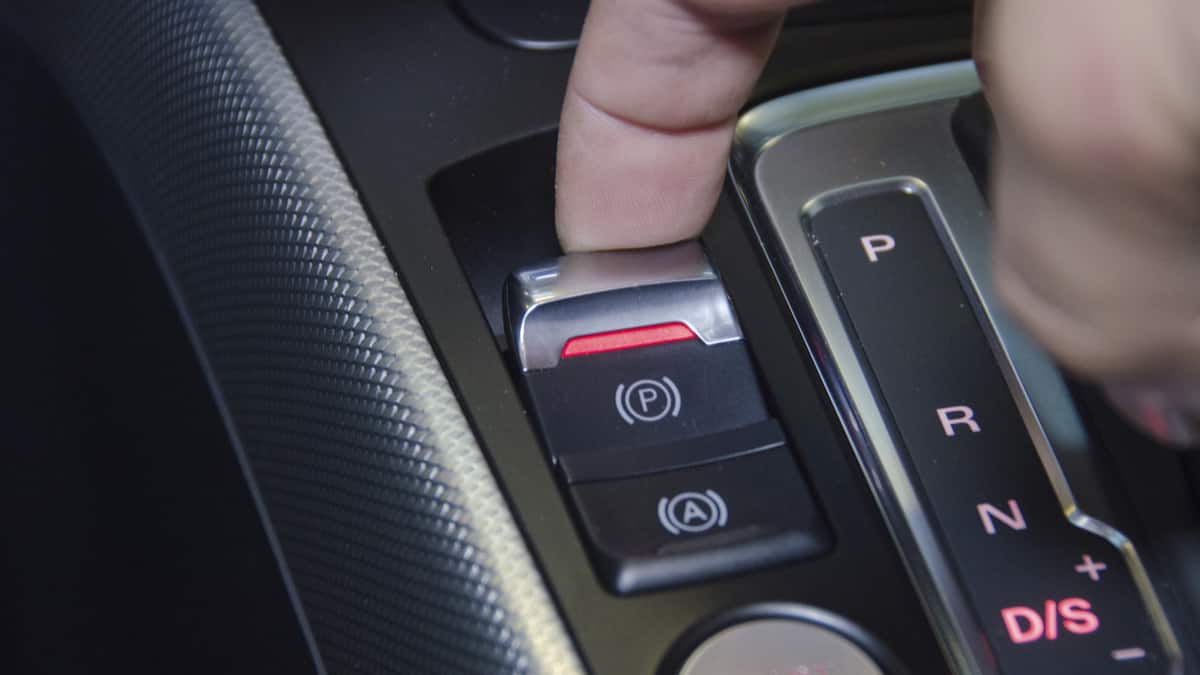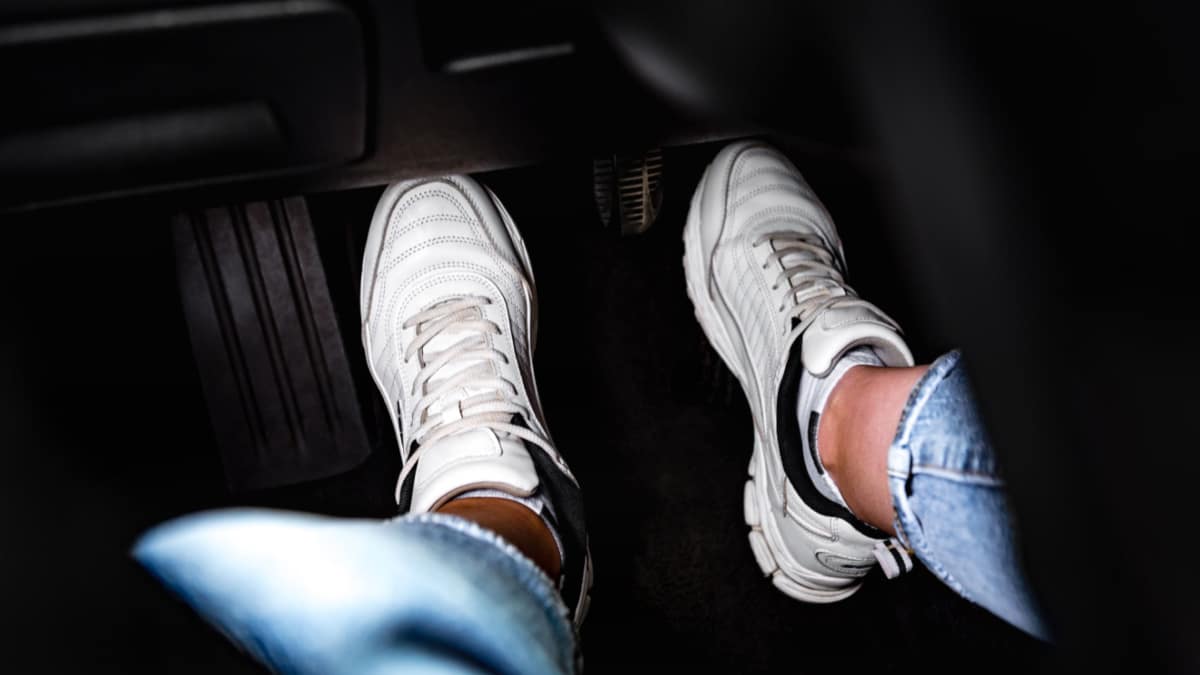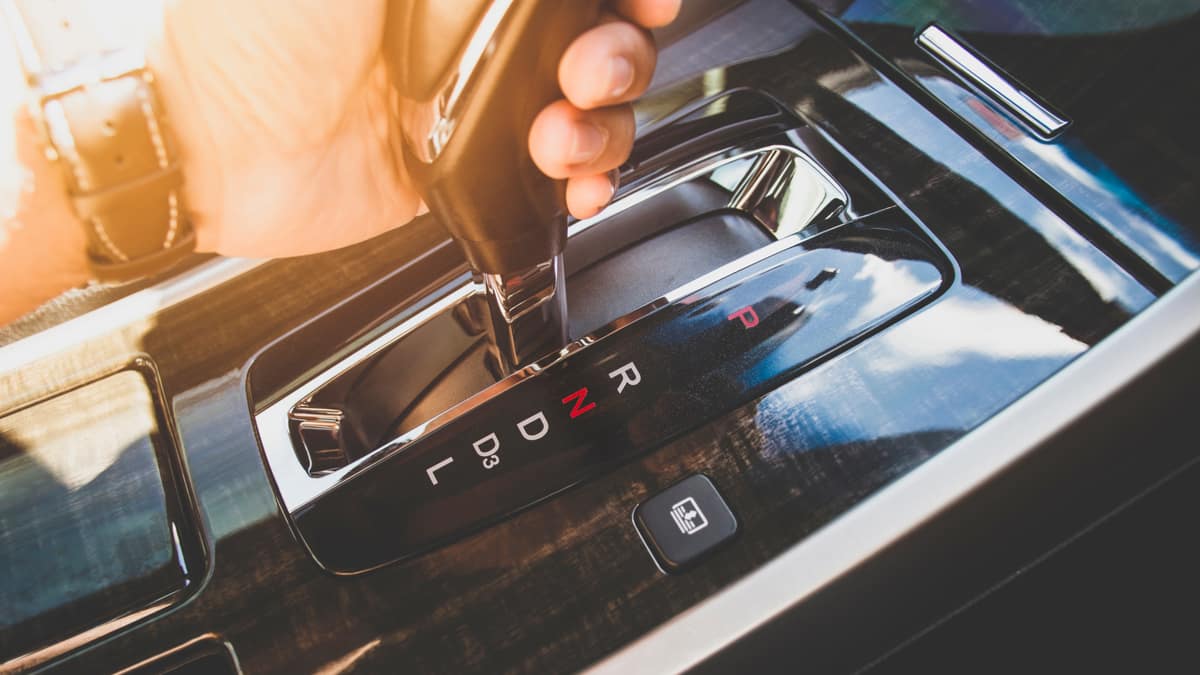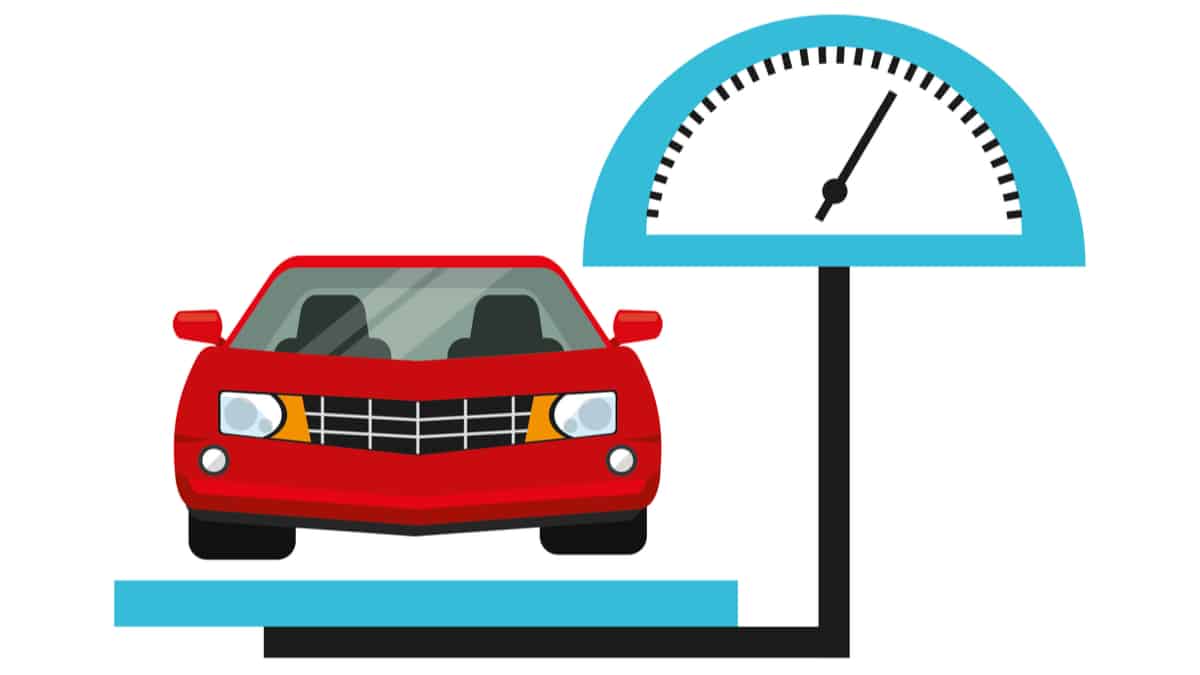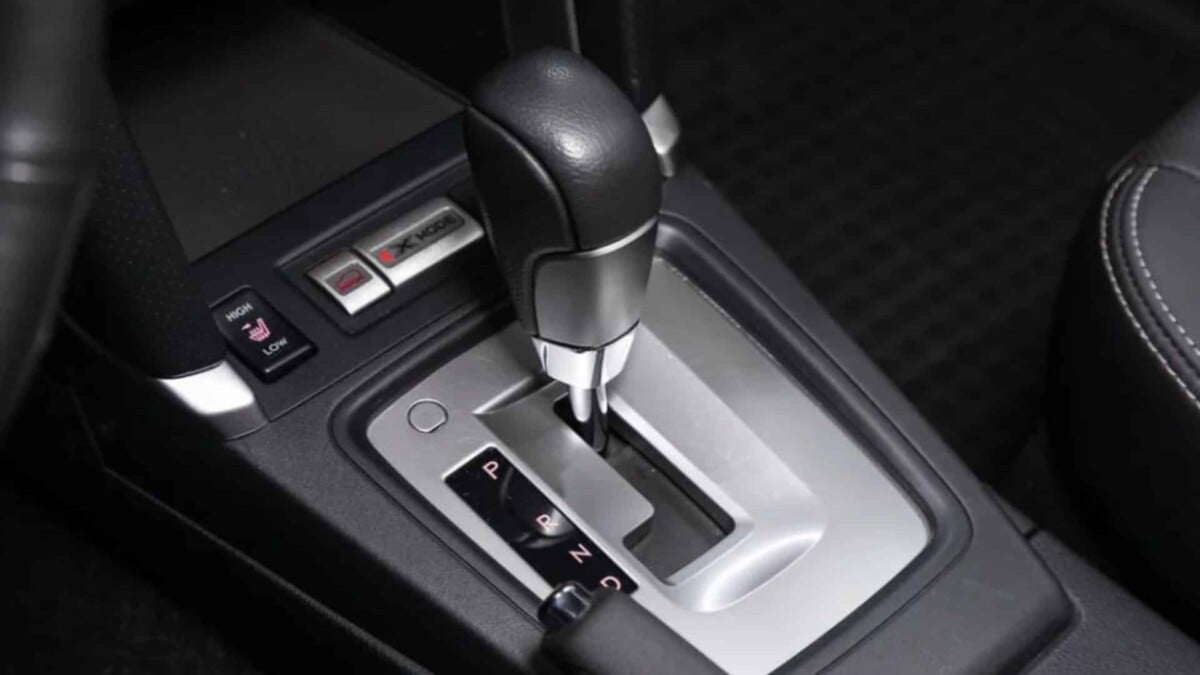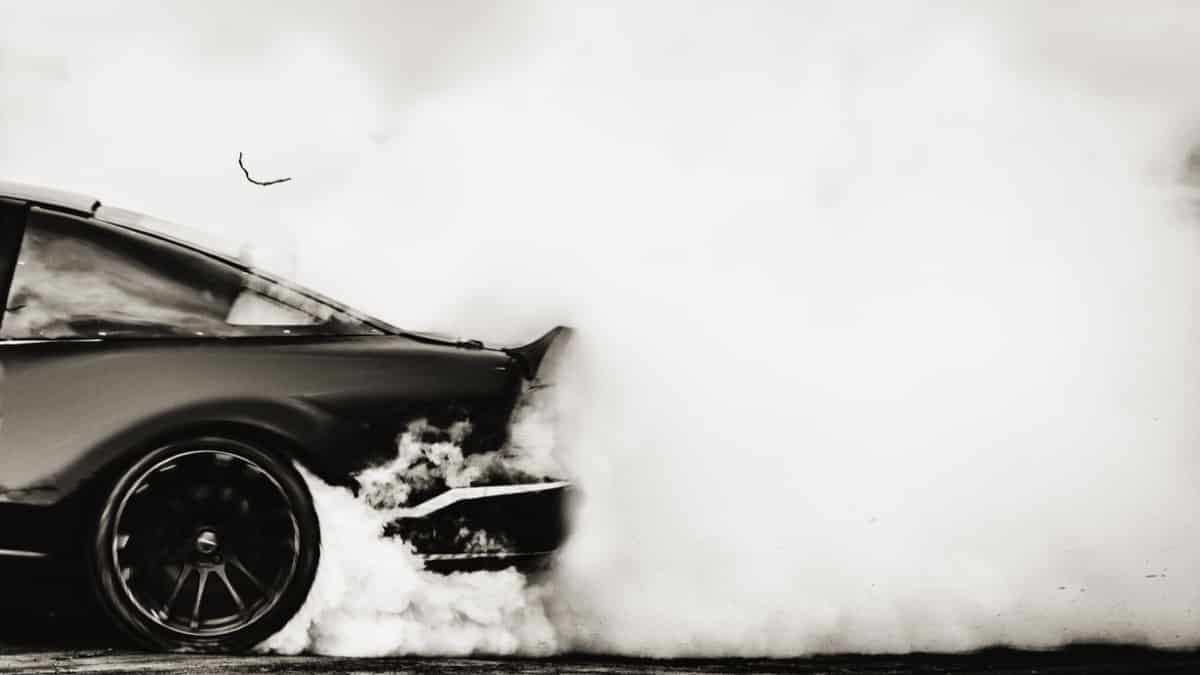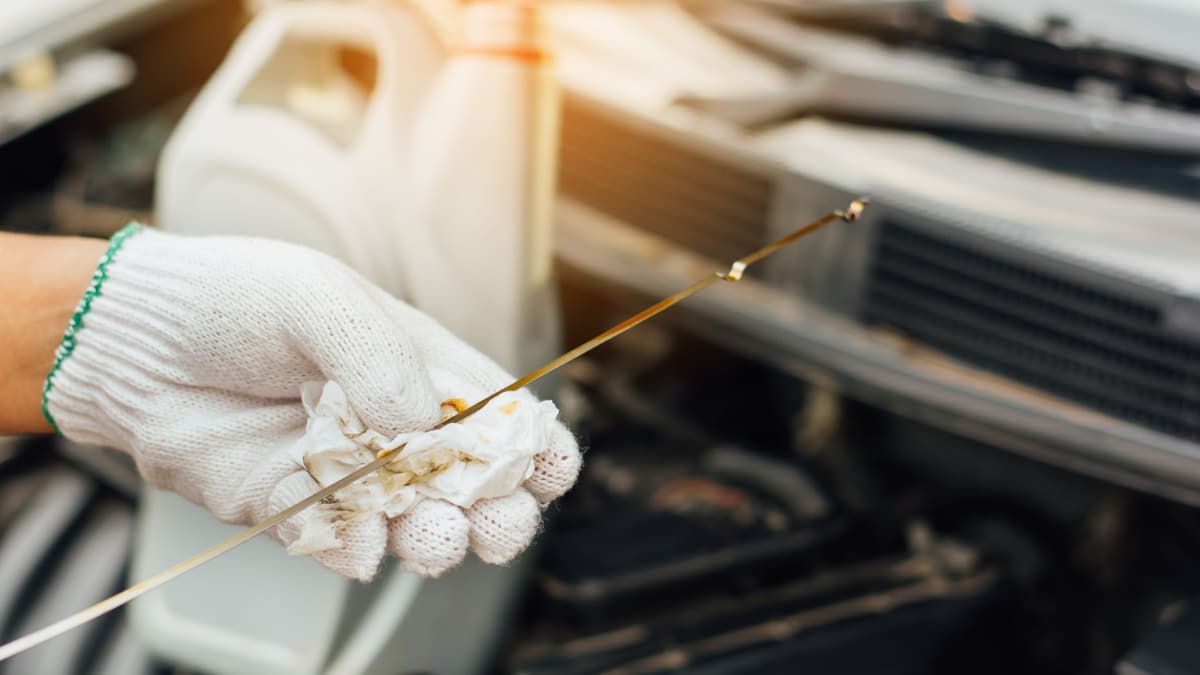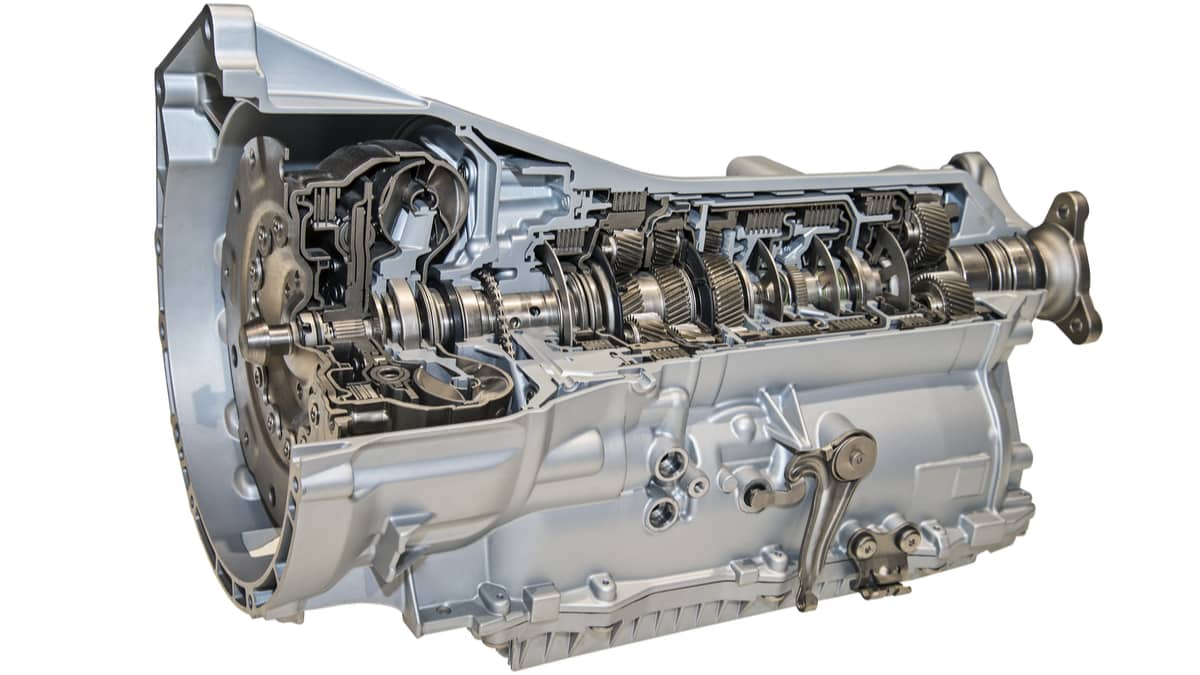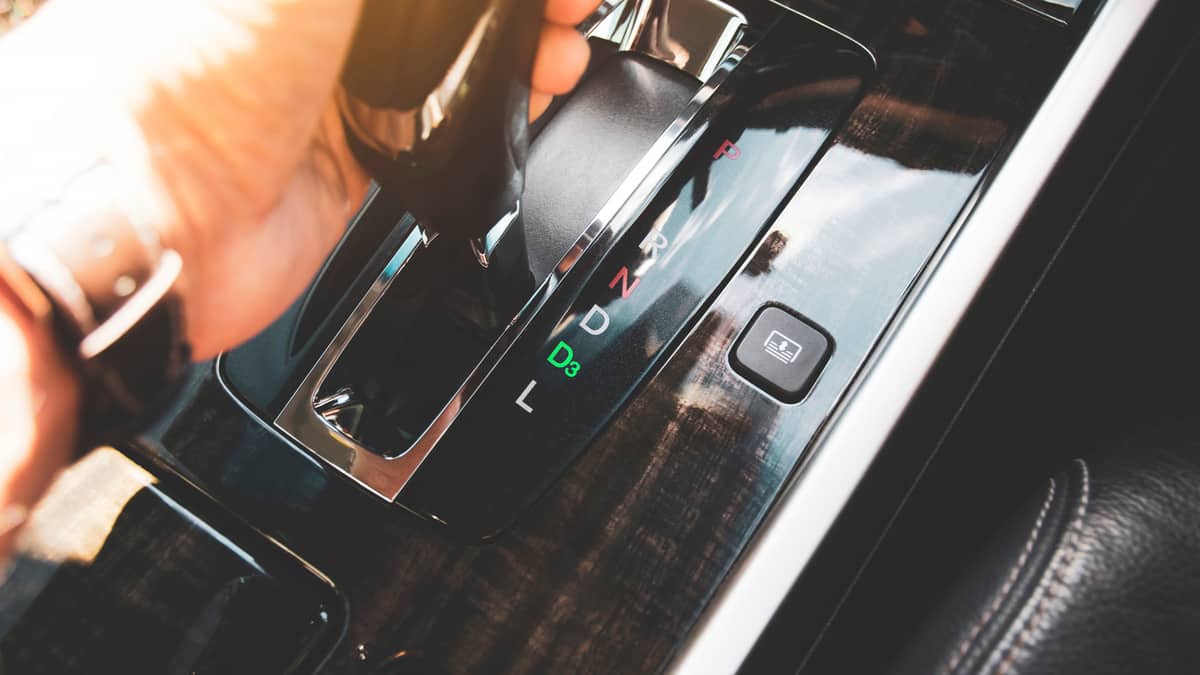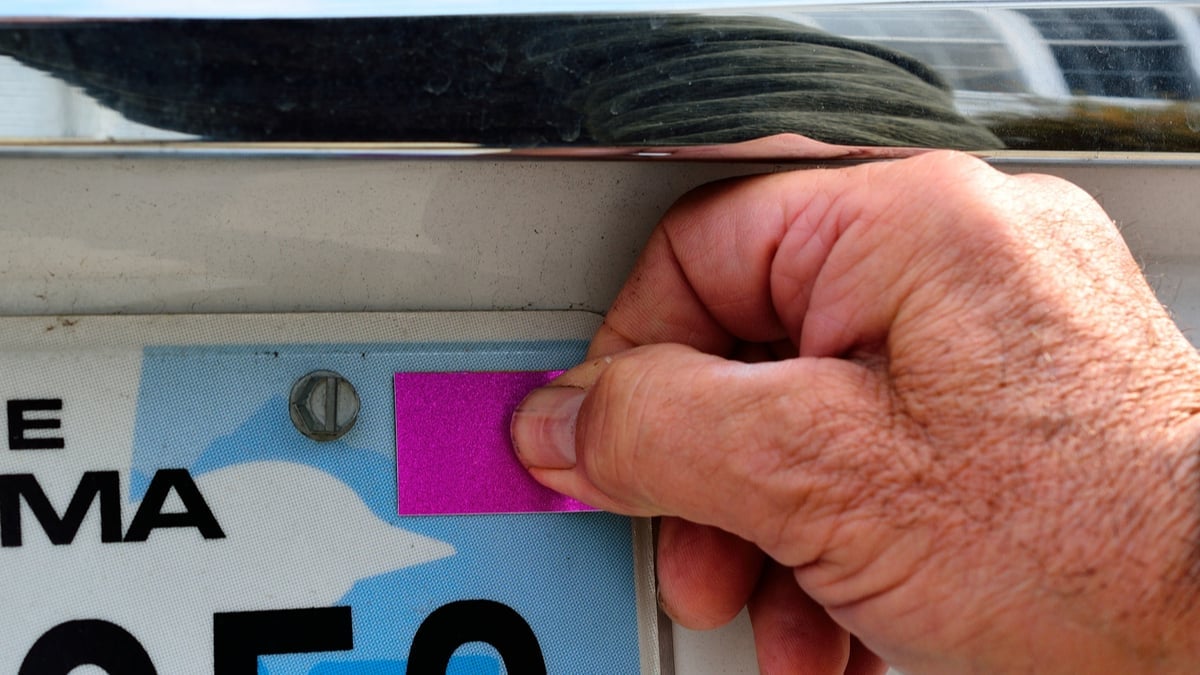If you are anything like we are, the thought of drifting gets your blood pumping. There’s nothing more exciting than sitting behind the wheel and feeling the back end of the car swinging out in a controlled manner. If you are thinking of getting started, you may wonder – can you drift in an automatic car?
This is a valid question that we answer in this guide. Plus, we look at what drifting is and show you how to do it with an automatic car. We also offer a few tips and answer your toughest questions.
Can You Drift an Automatic Car?
Yes, drifting in an automatic car can be done, but it requires a little more finesse. It’s not going to be as easy because you don’t have a clutch. You will need to practice a lot and have the right vehicle for drifting. It’s not going to be the same as drifting with a manual transmission.
Even if you have a perfect car and practice, you may still have trouble drifting. The right speed must be maintained for drifting to work correctly and this is a difficult skill to learn.
What Is Drifting?
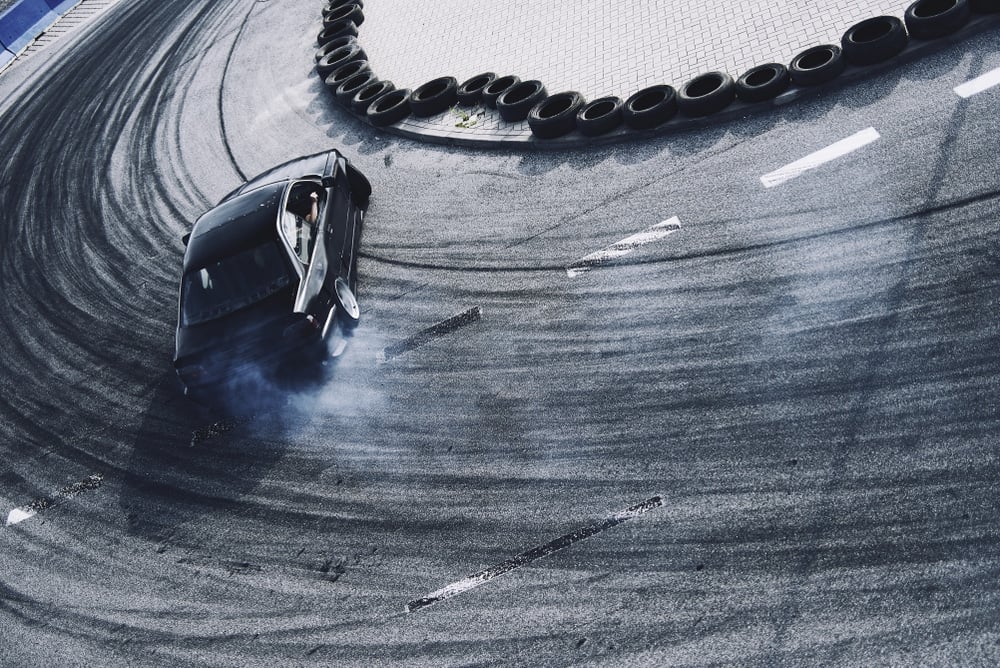
Drifting is a technique used to oversteer purposely, thereby losing traction to the rear or four wheels while still maintaining control. The car drifts when the rear slip angle becomes larger than in the front.
The front wheels will turn in the opposite direction of the way the car is moving. For example, if you are moving the car to the right, the wheels are going to point to the left.
Drifting first became big with Japanese vehicles, but it can be done in almost any car. It’s now considered a motorsport, with professional drifting competitions held across the globe.
For now, three types of drifting are popular.
- Power sliding: Driver oversteers intentionally to lose traction in the rear wheels while maintaining control.
- Brake sliding: Driver uses the brakes to lose traction in the rear wheels.
- Clutch kicking: Driver disengages and re-engages the clutch to lose traction in the rear wheels.
Each of these drifting types requires a varying amount of skill and practice.
How to Drift an Automatic Car
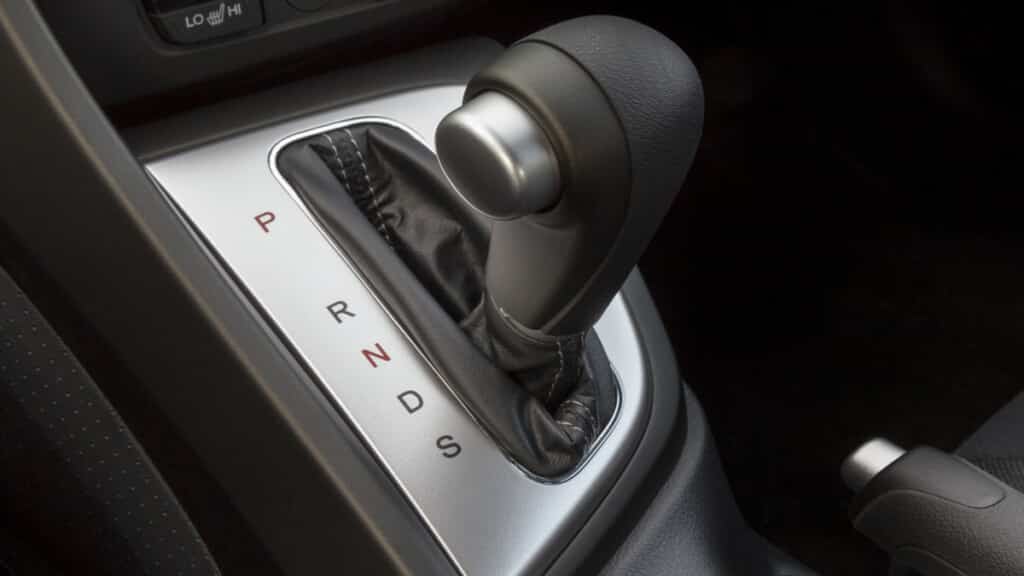
In a manual car, you can slam down the gas pedal while controlling the clutch to get the vehicle moving. In an automatic, this isn’t possible. Instead, you need to know how to control the throttle, which can be unpredictable.
To keep the car from stalling or spinning, you must ease the throttle. Once you figure out how much throttle is overboard, you can start adjusting the pressure you put on the gas pedal.
Additionally, you need to pay attention to how you use the brakes in an automatic car. Once you start to exit the turn, you stay on the gas to keep your vehicle drifting. During this time, don’t make any sudden corrections to the steering.
On top of that, you could use your handbrake in an automatic car. The emergency brake offers an easy way to initiate drifting. It can also help you remain in the drift for longer. Just don’t overuse the brake or you could find yourself doing donuts instead.
Is A Manual Or Automatic Car Better For Drifting?
A manual transmission car is better suited for drifting, but you can learn to do it in an automatic. To properly drift, you need to control the power moving through the transmission. A manual transmission vehicle provides a way to better control that power.
With an automatic, you can’t harness the power the same because when you step on the gas pedal, everything is calibrated. When you floor the accelerator in an automatic, the transmission might try to downshift. In the same respect, when you let off the accelerator, it may upshift.
Drifting Advice For First-Time Drifters
If you want to learn how to become a great drifter, you have to take the first steps. No one ever achieves success without trying first. For that reason, we’ve put together a few of our top tricks for new drifters.
1. Pick the Right Car
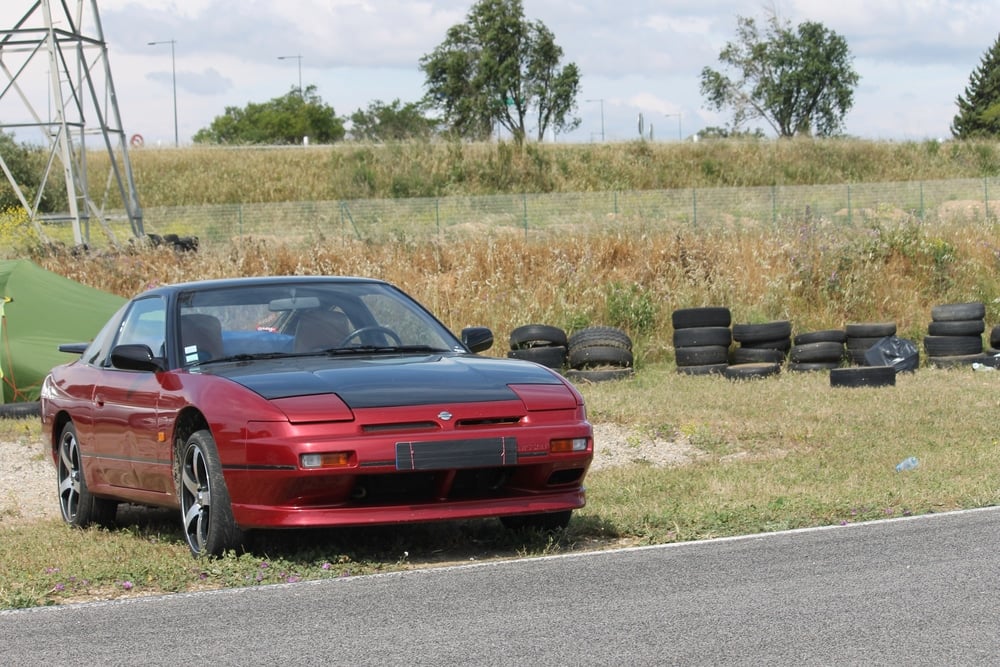
The best vehicles for drifting are Japanese sports cars. These are often rear-wheel drive, have a low center of gravity and have a superior weight distribution. You can also perform some modifications to make the vehicle better for drifting.
Keep in mind that the vehicle isn’t the only aspect of drifting that’s important. While it can give you a good foundation, you can still fail if you don’t learn the basics. On the other hand, you can also have a car that might not be considered the best option and successfully learn how to drift, it will just be harder.
2. Learn in Open Spaces
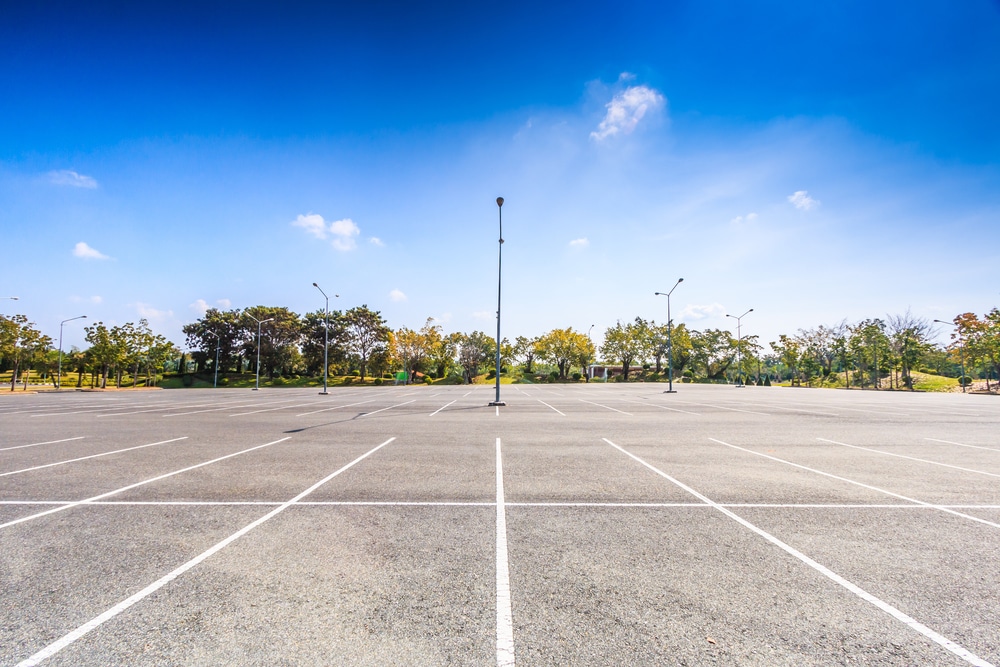
Whenever you do something new in a vehicle, it’s best to practice where there’s no one else around. For drifting, you want a nice, big open space where nobody else is going to be.
You can practice in an abandoned parking lot or choose one where the stores are closed. Either way, be aware that you could get in trouble while using someone’s parking lot for drifting practice. You may want to check local drifting laws to see what’s permissible in your area.
The worst scenario is that you’ll need to rent a track for practice. This can get expensive, so you may need to save up.
3. Practice First With a Cheap Car
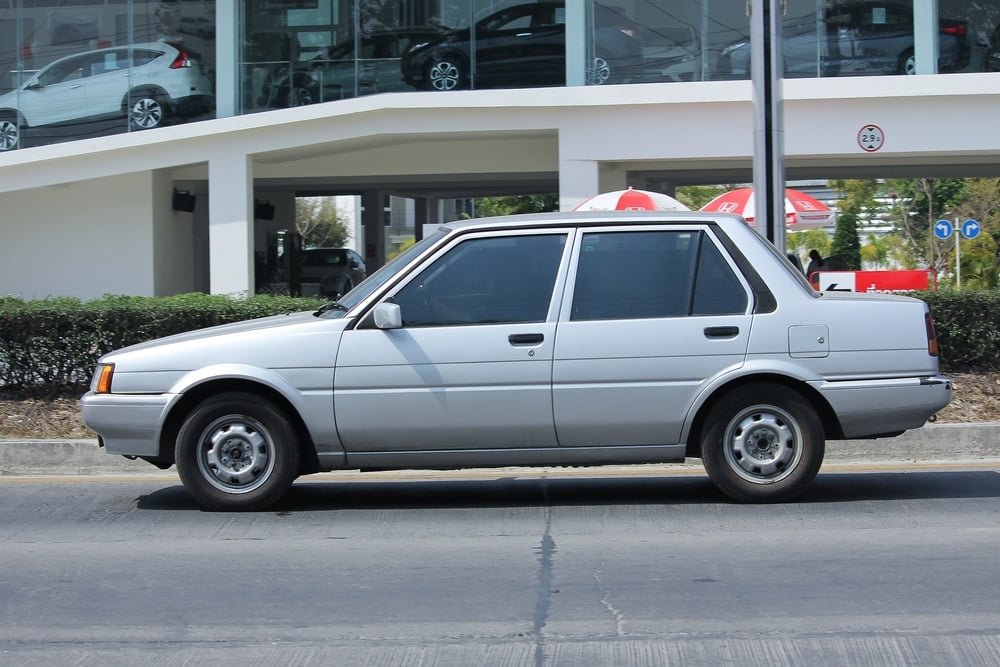
Even though you may have your dream drifting car sitting in the garage, it might be better to wait on taking it out. Because you are brand-new at drifting, you are going to put some exceptional wear on the vehicle while trying out the technique.
Look online for a cheap car that would be good at drifting as you get used to the techniques. Once you have mastered the basics, you can move on to your favorite vehicle instead.
4. Using the Handbrake
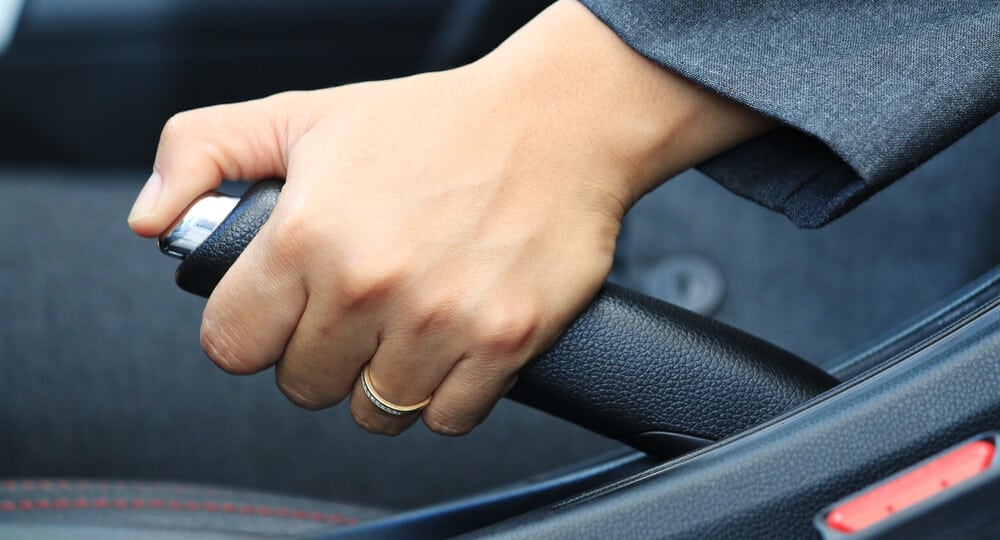
The emergency brake is also known as the parking brake or handbrake. It can be a helpful tool for drifting if you know how to use it. However, it will take a toll on your car’s transmission and the brake system, so that’s something to keep in mind.
As you speed up the vehicle and turn the wheel in the direction of the drift, pull the emergency brake. Once the drift is over, you can put the emergency brake back down and steer your vehicle out.
Can you drift an automatic FWD?
You can drift a front-wheel-drive vehicle, but not the same as one with rear-wheel-drive. Instead, you would need to keep your speeds up, excessively oversteer and use your handbrake. It’s best to learn the proper way to drift before trying this method.
Can you drift an automatic AWD?
It would be very difficult to drift an all-wheel-drive car. We aren’t saying it’s impossible, but it’s not likely for most people. With all-wheel-drive, the wheels tend to understeer. For drifting to occur, you need the wheels to break loose, which is very difficult to force in a car that’s designed to maintain traction.
How to do burnout in automatic?
To perform a burnout, press and hold the gas and brake pedals at the same time. You should push them both down fairly hard. As you rev the engine up, you want to slowly disengage the brake to make the tires spin. At any time, you can stop by releasing the gas pedal.
Is it easier to drift RWD or FWD?
It’s very difficult to drift an FWD vehicle unless you learn the proper method. The rear wheels need to lose traction for drifting to occur. Therefore, it’s much easier to drift with a rear-wheel-drive vehicle instead.
Is it easier to drift in AWD?
Unless you have a lot of experience, you won’t be able to get an AWD vehicle drifting. These cars are designed to maintain traction on all four wheels. What you need is for the wheels to break loose, so don’t choose an all-wheel-drive model if you want to practice.
If you have an automatic car and the hopes of becoming a drifter, you don’t have to give up your dreams. It’s possible to drift in an automatic car as long as you practice the technique.
If you want to get very good at drifting, we recommend driving a rear-wheel-drive model instead. Buy a cheap one to get started and unleash the drifter inside of you.
Learn more:
- 8 Ways To Increase Your Car’s Horsepower and Torque
- Why Is The Nissan Skyline GT-R R34 Illegal in America?
- How Much Horsepower Does a Cold Air Intake Add?
Categories: Racing
